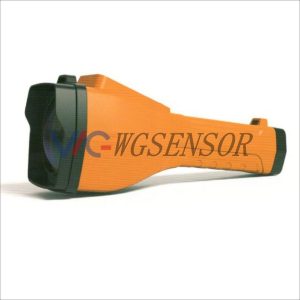Laser methane detectors are innovative devices used to identify and measure methane gas concentrations in various environments. Methane, a potent greenhouse gas, is crucial to monitor due to its impact on climate change and its potential risks in industrial and natural settings.
How Laser Methane Detectors Work
These detectors employ a principle called “Tunable Diode Laser Absorption Spectroscopy” (TDLAS) to detect methane. A laser beam is emitted at a specific wavelength, which interacts with methane molecules in the target area. Methane absorbs light at certain wavelengths, allowing the detector to measure the intensity of the absorbed light. The absorbed light intensity is then correlated to the methane concentration in the sampled area.
Advantages of Laser Methane Detectors
1. High Sensitivity and Accuracy: These detectors offer exceptional sensitivity, allowing the detection of even trace amounts of methane.
2. Real-Time Monitoring: They provide instantaneous readings, enabling swift responses to changes in methane levels.
3. Non-Intrusive and Remote Sensing: Laser methane detectors can be deployed from a distance, making them suitable for monitoring hazardous or inaccessible areas.
4. Reduced False Alarms: Their precise measurement capabilities help reduce false alarms, ensuring accurate identification of methane leaks.
Applications
Industrial Use:
– Oil and Gas Industry: Detecting methane leaks in pipelines, wellheads, and storage facilities to prevent accidents and minimize environmental impact.
– Mining Operations: Monitoring methane levels in coal mines to ensure worker safety and prevent explosions.
Environmental Monitoring:
– Landfills: Tracking methane emissions from decomposing waste to manage environmental impact.
– Natural Gas Facilities: Monitoring methane emissions to minimize greenhouse gas contributions.
Future Developments
Ongoing research aims to enhance the capabilities of laser methane detectors. Advancements focus on improving sensitivity, reducing device size for easier deployment, and expanding their capabilities to detect other gases simultaneously.
Conclusion
Laser methane detectors represent a critical tool in mitigating methane-related risks. Their high accuracy, real-time monitoring, and non-intrusive nature make them invaluable in industrial safety, environmental conservation, and climate change mitigation efforts. As technology continues to advance, these detectors will likely play an increasingly pivotal role in monitoring methane emissions worldwide.


Please contact us for free quotation by form below. We promise the quickest response within 24 hours: